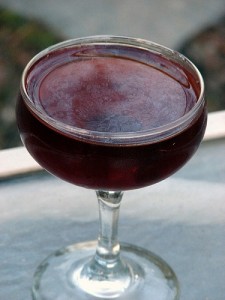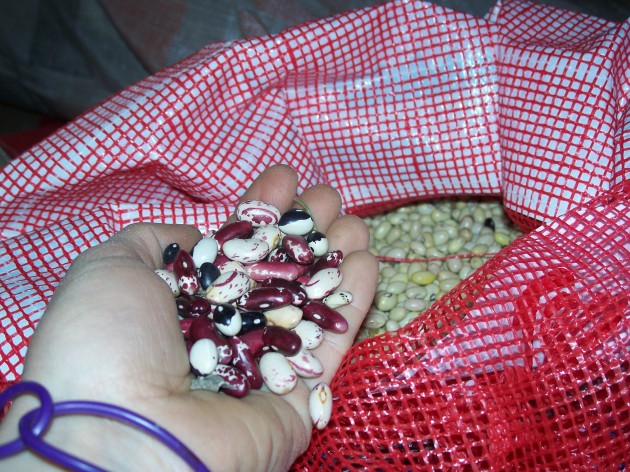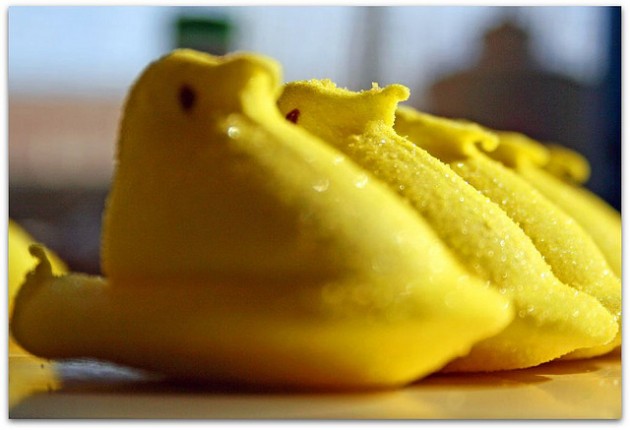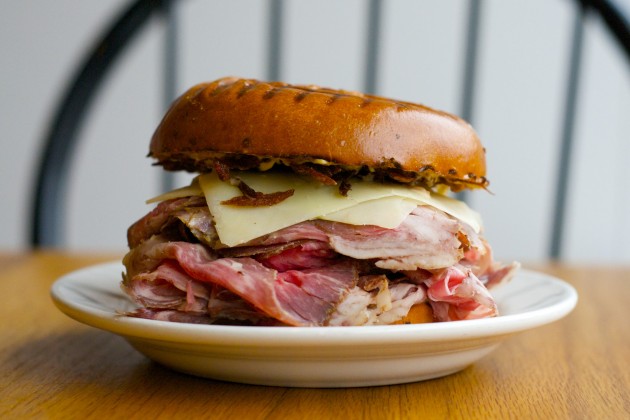
Photos: Johanna Bobrow, Courtesy of Journeyman
What do dessert-making and bingo have in common? A great deal, according to co-owner and chef Tse Wei Lim of Journeyman in Somerville.
___
Tse Wei Lim
Chef, Journeyman
PRK Guest Contributor
For this month’s post, Jessica and Sue asked a question we get on a regular basis – how does a restaurant without a pastry chef come up with desserts?
The unglamorous answer is: the same way we come up with all our other food. Creating dishes is a craft, much as cooking itself is a craft, and the work is the same whether the food is savory or sweet. Numerous cooks of considerable distinction have tried to describe this process before – and all the descriptions boil down to much the same thing – having a mental toolkit of ways to elaborate on germinal ideas and turn them into complete dishes. Dishes do sometimes pop into your head, but more often it’s a process of just trying one question after another till something finally clicks, like trying to find the right ratchet for an old bolt. Continue reading









